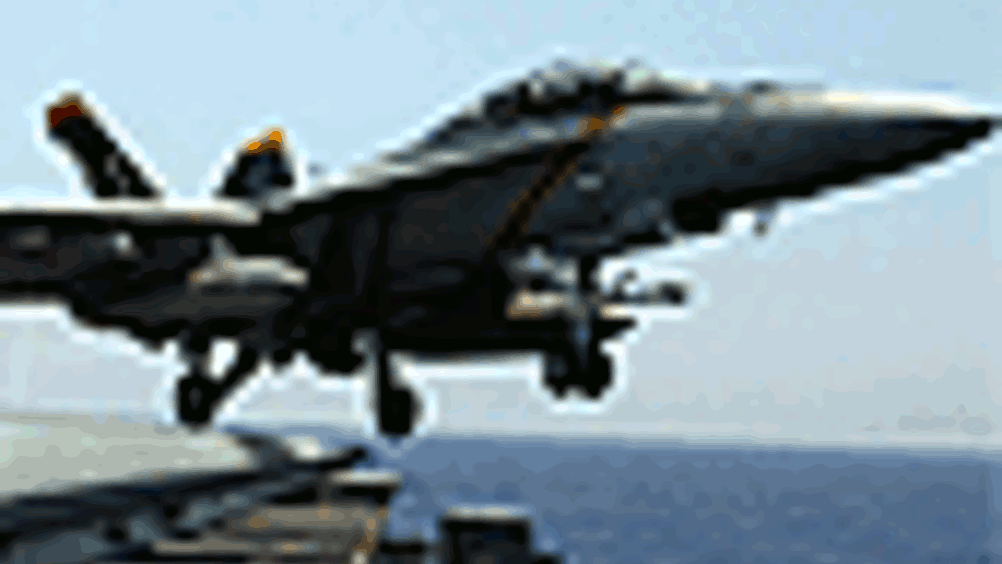Materials witness
Project aims to combine scanning technology and computer modelling to predict how, and where, cracks will develop in critical aircraft parts. Stuart Nathan reports.

Research into modelling the structure of metals could lead to a method for predicting when naval aircraft are likely to suffer from metal fatigue.
Co-ordinated by researchers at
, the project aims to develop models which will be able to predict how, and where, cracks will develop in critical aircraft parts.
Carrier-borne aircraft have a tough life — landing is closer to a controlled crash than on a tarmac runway — and metal fatigue is a major problem. But according to Anthony Rollett, a materials scientist from
in
, nearly all the previous research on metal fatigue has focused on how cracks propagate through metal components. Hardly any have looked at how they start, he said.
Rollet's research combines examination of metal components with computer modelling, and is based on work carried out by Pittsburgh metals specialist
on forming 3D digital models of crystalline structures.
'Companies like Alcoa have invested huge amounts of effort to try to improve the performance of their materials, especially with respect to fatigue. They tend to do it by trial and error, through making many measurements. but making the detailed connection between what you can measure inside the material and how it behaves and performs is far from simple,' he said.
Register now to continue reading
Thanks for visiting The Engineer. You’ve now reached your monthly limit of news stories. Register for free to unlock unlimited access to all of our news coverage, as well as premium content including opinion, in-depth features and special reports.
Benefits of registering
-
In-depth insights and coverage of key emerging trends
-
Unrestricted access to special reports throughout the year
-
Daily technology news delivered straight to your inbox










UK Enters ‘Golden Age of Nuclear’
Anybody know why it takes from 2025 to mid 2030's to build a factory-made SMR, by RR? Ten years... has there been no demonstrator either? Do RR...